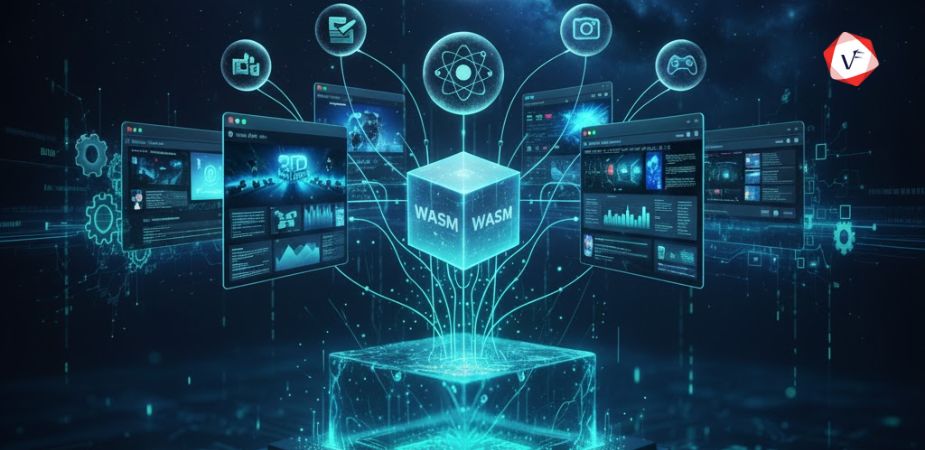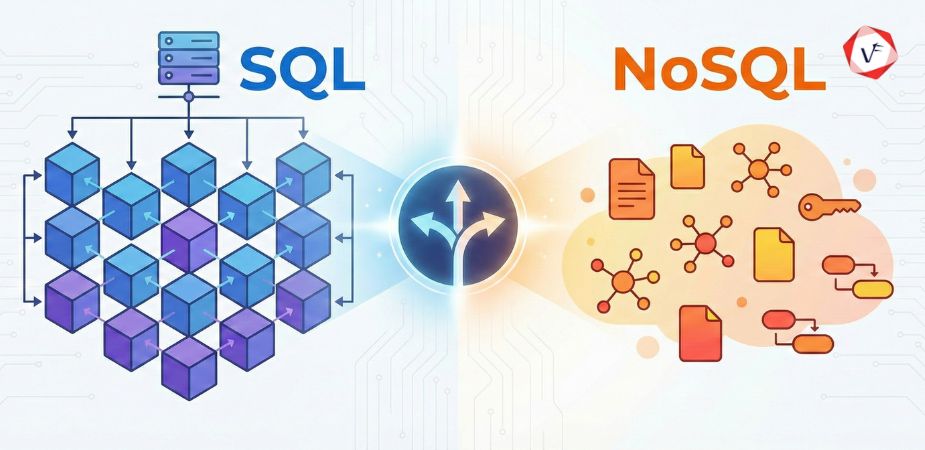- November 02, 2022 6:01 am
- by Ajanth
- November 02, 2022 6:01 am
- by Ajanth

ERPs and other integrated enterprise management systems are largely used for enterprise resource planning. Large amounts of data may be stored and processed by ERP systems. A large business's ability to produce results depends on its planning quality. The process of creating an ERP from scratch is quite a complex task. We hope that our blog would be useful in helping you comprehend the components of an ERP system and choose how to create your own ERP system.
You need to have a clear, reasonable, and appropriate plan before you construct ERP. Setting clear expectations for the product is the first stage. Although the fundamental functionalities of ERP systems are well known, there are still differences across the various ERP systems. You must be specific about the features, solutions, and fundamental functionalities of your product in this section of your strategy. To generate more focused and superior ideas, compare and review the current ERP systems. Additionally, you may need to choose the types of businesses you'll target or whether to start with small or large ones as your target market. It is advised to speak with experts to make competitive goals in this phase.
Now that you know exactly how you want your ERP system to function, it's time to plan the system design. During this phase, you must be very clear about the features and solutions you want the system to provide and build it accordingly. You must first create a blueprint for your ERP system. By studying the key elements of the top ERP systems, you may develop the system design outline. You can just use them to come up with your own original system design idea rather than having to imitate any current systems. Here are a few must-have ERP system features, solutions, and components to take into account during the designing process.
ERP Database Model: This term refers to a standard database that makes it simple for enterprises to store, edit, and access data about multiple departments and their operations.
Data analysis: When it comes to an ERP system, data is used for everything, from handling massive volumes of information to carrying out essential business operations. And if you're creating ERP from scratch, you must include this feature.
Integration: For information sharing or other purposes, businesses frequently need to connect ERP systems to other programmes, tools, and third-party systems. As a result, a characteristic that must be included when creating your ERP system is simple and straightforward integration.
Unique UI/UX: UI and UX are interdependent. It goes without saying that any system must have a clear, distinctive, and appealing user interface. Your ERP system's UXD (UX Design) should be competitive overall to improve end-user satisfaction.
Financial Management: This crucial solution aids businesses in managing their financial assets, producing reports, choosing how much money to spend, and other activities. And whether or not your ERP system is geared toward the financial industry, you must incorporate this capability while creating ERP.
CRM: Customer relationship management, or CRM, is a key component to incorporate when creating an ERP from scratch. This facilitates the management, monitoring, analysis, interactions, and other associated tasks involving customer data.
HR: This section of an ERP system aids in the optimization of HR procedures, worker scheduling, and other related tasks.
Automation: It's important to pay attention to automation during this stage of design so that the ERP can assist prevent redundant actions, duplicate data, and other issues as well as automate a variety of repetitive processes related to various departments of an enterprise.
The technical part, which involves selecting the best tech stack to construct ERP, comes after the designing process. Even while it is advised to use professional services, such as hiring consultants or outside service providers, to create a competitive ERP system, you still need a working knowledge of the underlying stacks. You must use a good tech stack in order to make the ERP software system stable. if you're making an ERP for desktop platforms, developers will use C++ or C# (Windows) and Swift or Objective-C. (macOS). Likewise, some of the greatest options for web development for your ERP system are Bootstrap, JavaScript, Angular, and Node.JS. To confirm the tech stack to construct ERP from scratch in each scenario, you can consult with the specialist developers.
Designers may integrate services like Office 365, G Suite, and others into your ERP system. To access the information and display it in the ERP system, developers use several APIs from outer services.
Famous outsider administrations will collaborate with ERP:
Building ERP requires testing each component individually without any prior planning. A few QA experts should be part of the development team to test the framework. They put the framework through testing to find and correct any flaws. Involving your employees in the testing of ERP software is a smart decision. They are the best beta-analyzers who can show you the framework's trouble spots.
As said above, ERP systems are highly in demand and on trend, and new firms are taking advantage of this opportunity more than before. Despite the high market value, the competition is becoming more intense. You require expert skills and a distinct vision to create an excellent ERP system. Even if you are a beginner, the aforementioned instructions will aid you in this.
Guaranteed Response within One Business Day!

What is Digital Twin Technology?

What are WebAssembly (WASM) Applications?
Code Review Best Practices: Complete Guide for 2026

Database Selection Guide: SQL vs NoSQL
AI Agents in Enterprise Software: How Autonomous AI is Transforming Business Operations